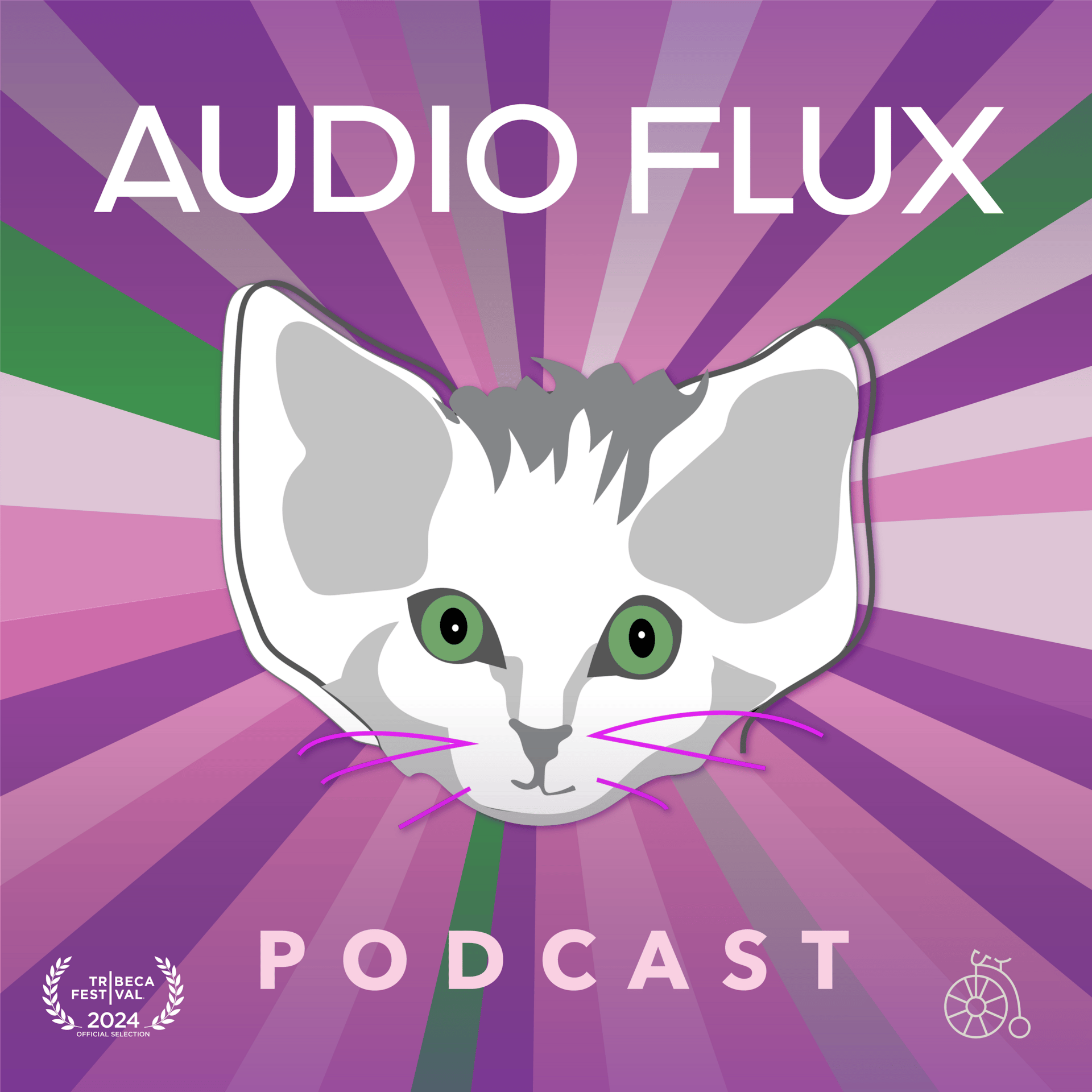How long is 3:00?
If you are bleeding and waiting for a paramedic, three minutes is an eternity. If you are roasting some squash in the oven (as I am right now), and you check on its progress and decide it’s almost but not quite done, you might set your phone’s timer for three minutes. Because if you don’t set a timer, those three minutes will fly by unnoticed. Time is elastic.
But it is so much less elastic in broadcasting. Almost from the beginning, time has been ruthlessly measured and sold by radio. Program clocks ruled the allotment of minutes and seconds to advertisers, and those same clocks were also the system by which network and local stations coordinated. You hear that relentless clock ticking in the background of news/talk format stations like 1010 WINS in New York. Even on public radio shows, the time is the main commodity. As a reporter, I had to learn how to write and construct stories according to length. A :30 was a different beast than a :90, and entirely apart from the 2:30. Later, as a features editor, I tried to guide reporters away from the impulse to gather enough material for an hour-long documentary. I knew the outer limits of what I could get for their piece was five minutes, and usually closer to three or four, including the host intro. Time was always scarce, and five minutes was a taste of infinity, far out of reach.
Now the economic incentives of podcasting have flipped everything about duration on its head. On most podcasts, the only thing we ration out in minute-long (or two, or three) increments are the ad-breaks. Everything else runs at variable lengths — and for some shows, a longer episode is theoretically more profitable, since it can support more ad breaks. The economy of audiobooks on sites like Audible is even more skewed in favor of long duration, as monthly membership credits go toward the purchase of titles regardless of length. Why wouldn’t you want to get more book for your buck by choosing a 24+ hour edition of Moby Dick or Anna Karenina at 35 hours?
Overall, as modern listeners, we are in a state of confusion about the worthiness of brevity and time constraints. But then along comes something like Audio Flux to prove that limiting time can open a portal to adventure.

John DeLore and Julie Shapiro
Circuit breakers
Longtime producers (and friends of CW) Julie Shapiro and John DeLore started Audio Flux in 2023 with the goal of making it, as their site says, “a home for innovative, short-form audio and bold storytelling.”
Like its predecessor, the ShortDocs Challenge at the Third Coast International Audio Festival, Audio Flux is based around the idea that creative constraints are liberating, and we can and should have fun making stuff that’s built around a few rules. Each Audio Flux circuit lights upon its rules via a partnership with an artist, someone who helps come up with a few broad “prompts” for participants. With grants and donations, Audio Flux manages to commission a few pieces for each circuit that interpret and respond to the rules. Then they throw the the process open for anyone to submit their own work within a window of time.
Now with five circuits under their belts and a new one about to debut, Audio Flux has just launched a podcast, hosted by genius Amy Pearl, that features a single “fluxwork” per short episode. The show is playful and weird, a great frame for the work itself.
If you listen around the Audio Flux back catalogue, you’ll hear audio fiction and casual-sounding conversation. You’ll hear audio diaries, cat memorials, jazz experiments. Some pieces are just about the passage of time. Some are very artsy, some are more like mini-documentaries. The only thing all these pieces have in common is their length: three minutes.
I asked Julie and John how they lit on that particular time constraint, and it just seems to have been organic.
“You can do quite a lot in three minutes, but it doesn't feel overwhelming for people who don't have time, or haven't done it before, or just want to try something new,” Julie says. As for listening, “you can push people a little bit further because you're not pushing for as long. But also, you can listen to a pile of fluxworks and listen for how the theme and prompts are interpreted. It’s a very active way of listening.”
“The ones that always that surprise me the most are the ones where you're like, ‘That was only three minutes?’” John says. Which is definitely an experience I’ve had many times listening to these works.
Three minutes, in the right hands, is powerful. But it also just works for so many kinds of stories. It’s a magical duration in which something can happen, but not too much. Three minutes also has a very particular history in modern life.
Time on shellac
The first popular records, 10-inch shellac disks for 78 rpm phonographs, could only hold three minutes of sound. As Susan Stamberg (RIP) reported back in the day on NPR, that constraint not only led to the three-minute pop song, but it encouraged faster tempos so musicians could fit their songs on a record side.
But the history of 3:00 goes even deeper. I’m talking about radio silence.
“Radio Silence” is not only the title of a song by Thomas Dolby, or the title of a song by Styx, or the title of a song by Elvis Costello, or — I know you know this one: the title of an English-language album and song by Russian rock legend (and current designated “foreign agent”) Boris Grebenshchikov. No, long before the peculiar fixation on the term by fellow members of my MTV Generation, radio silence was a protocol, a very serious one. And it took hold after RMS Titanic sank in 1912.
Time in distress
The fact that anyone survived that ship’s disaster in the middle of a freezing ocean was a miracle facilitated by radio. Shipboard wireless communications allowed the Titanic to send distress calls across the Atlantic, both to other ships and to stations on the shore. But not every ship nearby heard or correctly understood those calls (mainly, it turned out, because their operators were asleep, or they were confused by the flurry of Morse Code). After the disaster, people came to believe that signal interference had partially drowned out the ship’s distress calls, and perhaps more passengers aboard the doomed ship could have been rescued. After all, wasn’t the public using the wireless to send frivolous messages all the time? What if their chatter had been hogging the airwaves, even far away at sea?
So governments came up with protocols. In the US, these protocols were codified in the Radio Act of 1912. Among other things, it required that all radio stations (anyone with a transmitter) go silent “for a period not less than two minutes” every 15 minutes and scan the airwaves for distress calls.
Later, maritime radio got its own separate wavelength, so terrestrial stations wouldn’t interfere with ship communications. But still, ships went on observing silent periods until the late 1990s, as the whole system was gradually replaced by the satellite-based Global Maritime Distress and Safety System.
But are we really here to talk about ships? No. We’re here to talk about duration. So check out this clock-face, one of many created to remind ship-board operators when to observe radio silence and for how long.
I ran across an earlier version of this clock on a wall at the New England Wireless and Steam Museum and wrote about it, and what it tells us about radio’s origins, here.
Anyway, those color-coded silent periods? They are exactly three minutes long. More than two minutes as required by law — but even better, because three. Three minutes was just the right amount of time for signals to be heard from far away. Just as importantly, three minutes was not an onerous amount of time for everyone to shut up, or to get bored and let attention stray.
Three minutes just works. It’s the Swiss Army knife of time. And because of that, it has saved who knows how many lives. I’m happy to say that Audio Flux is therefore plugged into something big. The big 3:00. So get Fluxxed!
🌊 You can find the Audio Flux podcast everywhere.
🙌 You can donate to keep Audio Flux going here.



